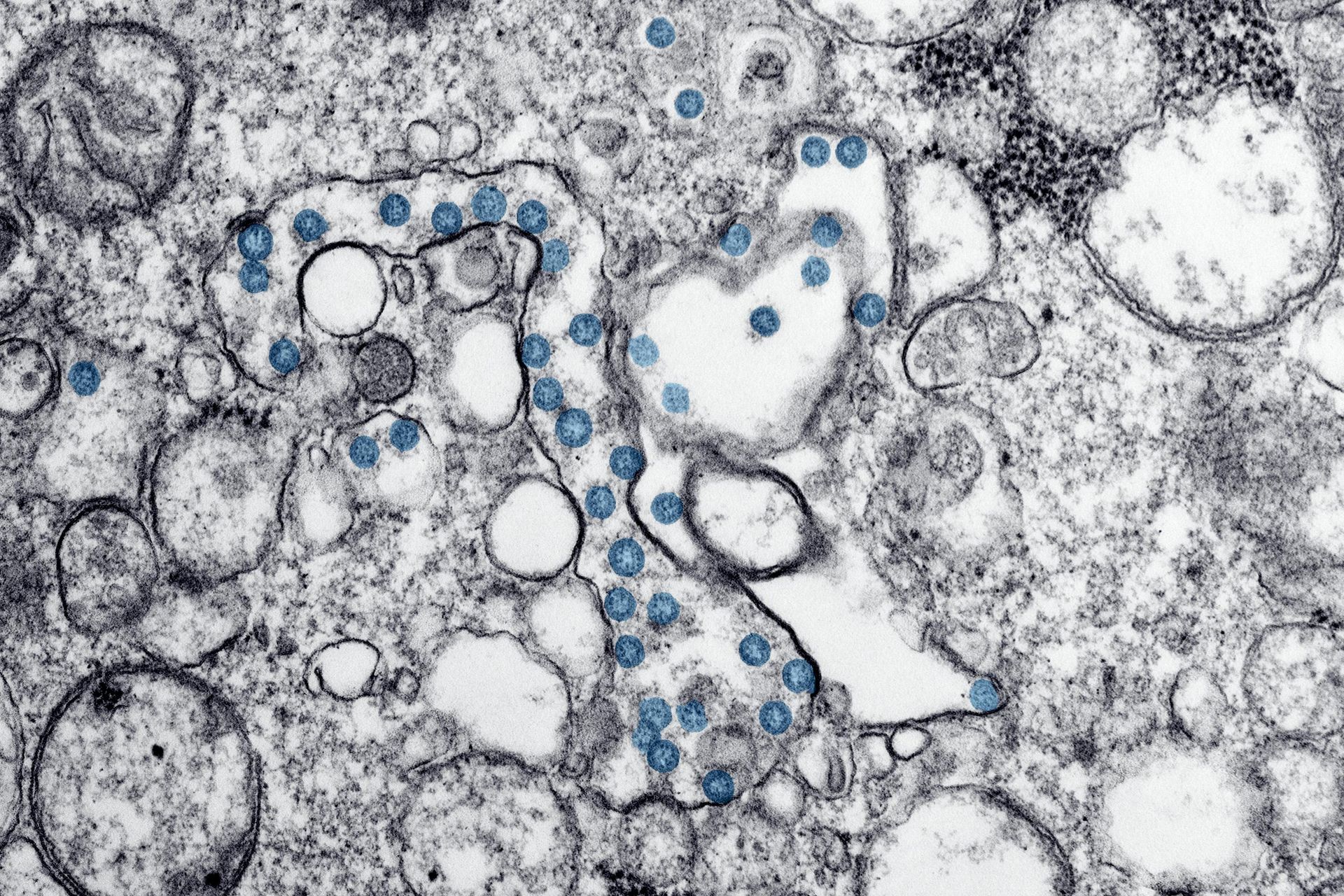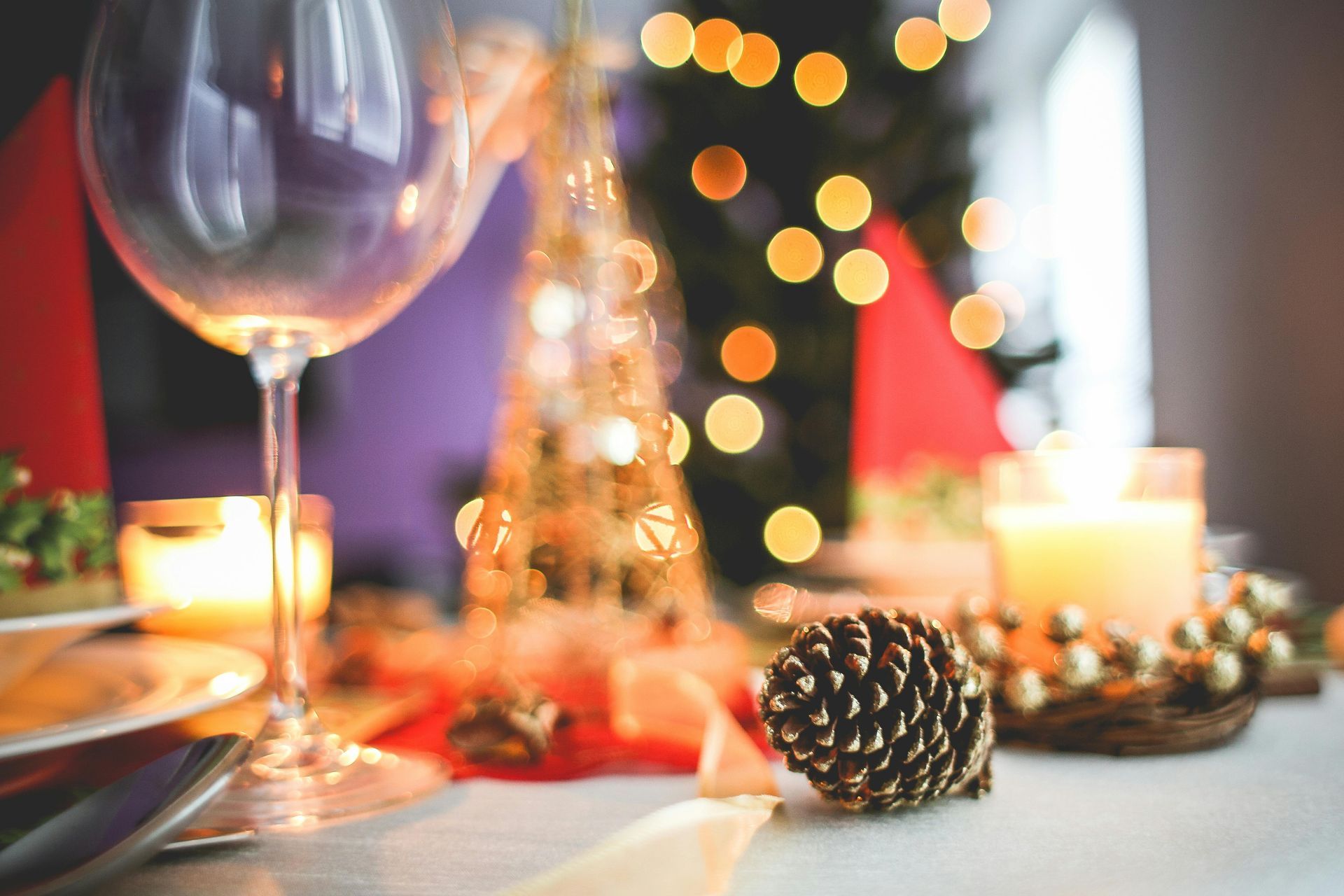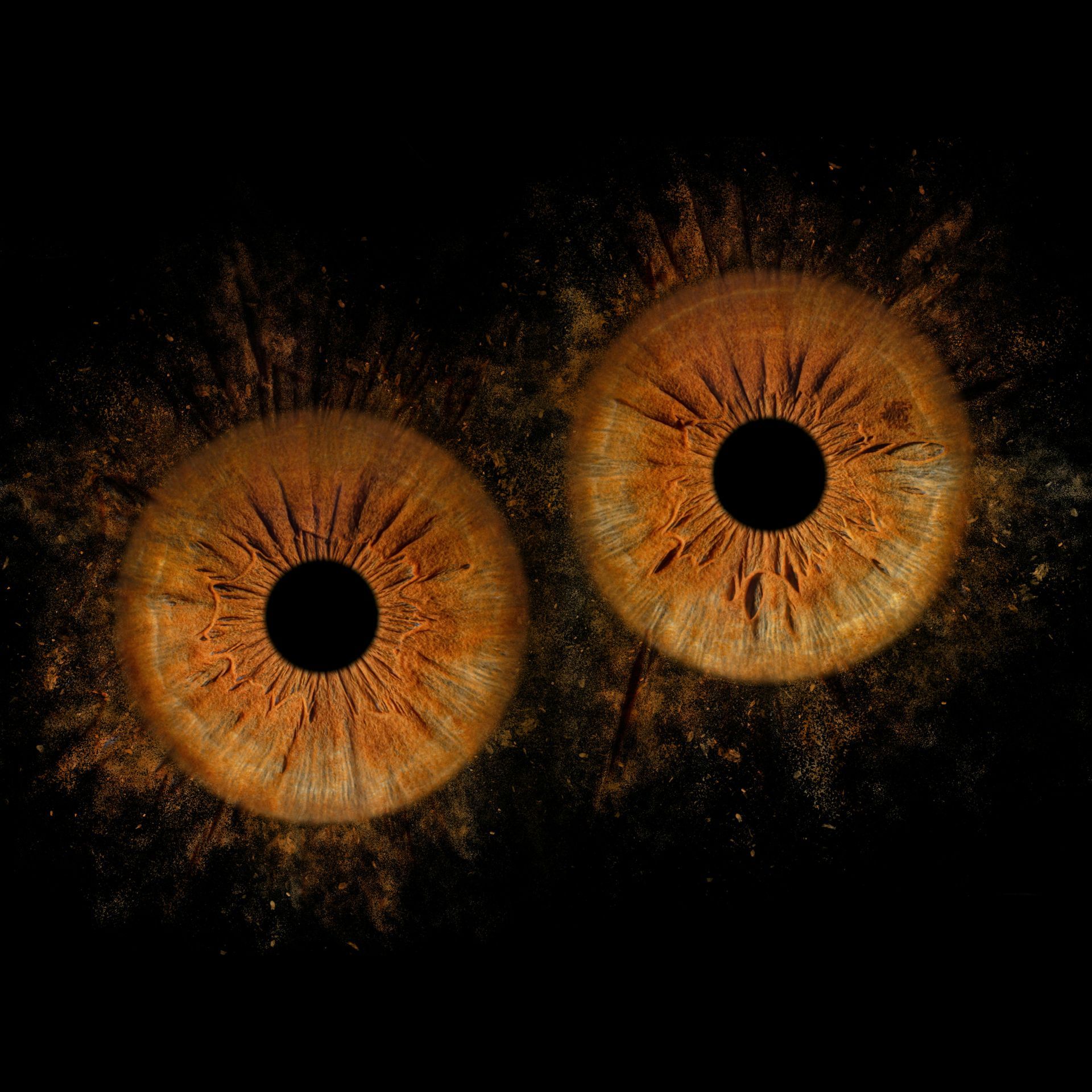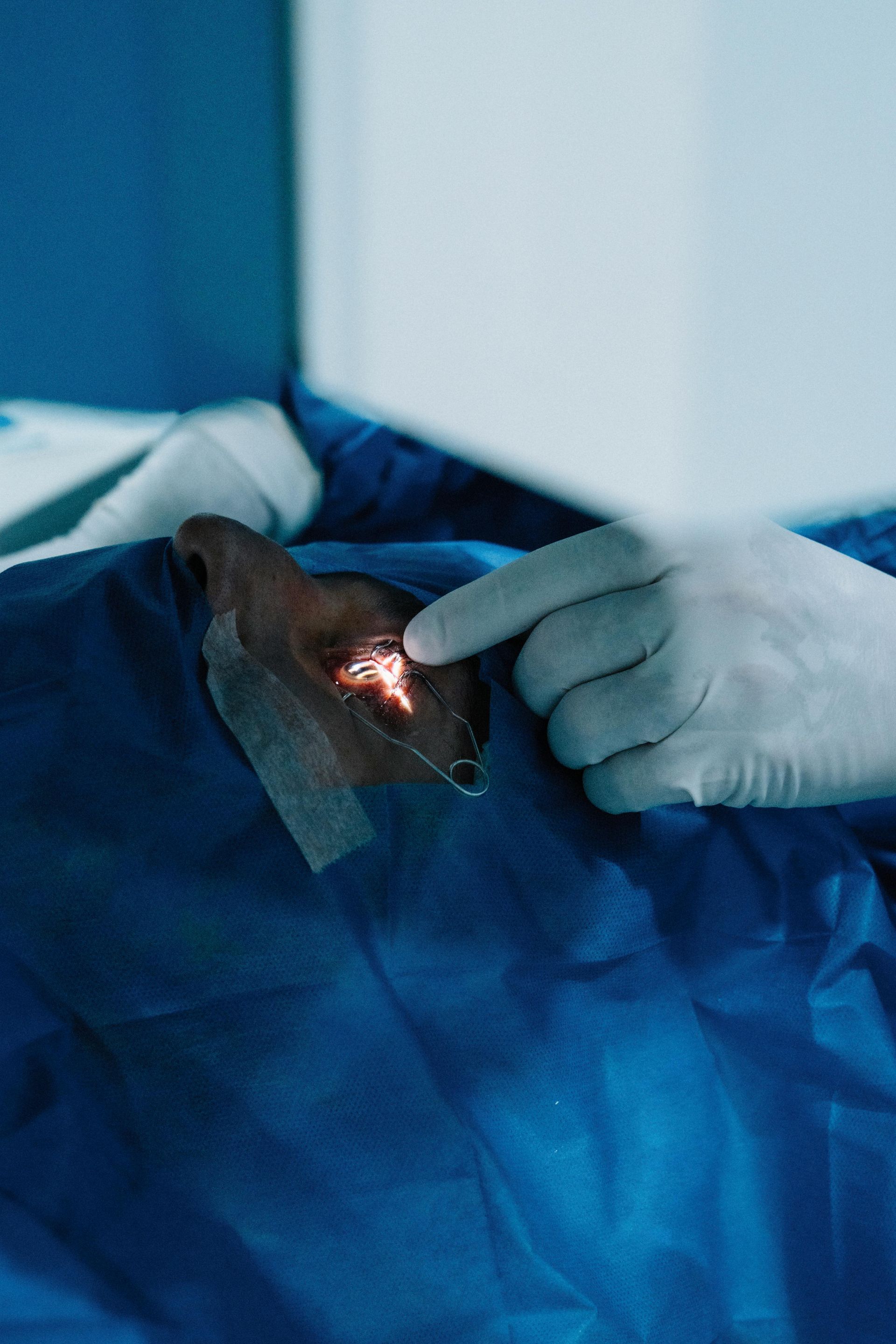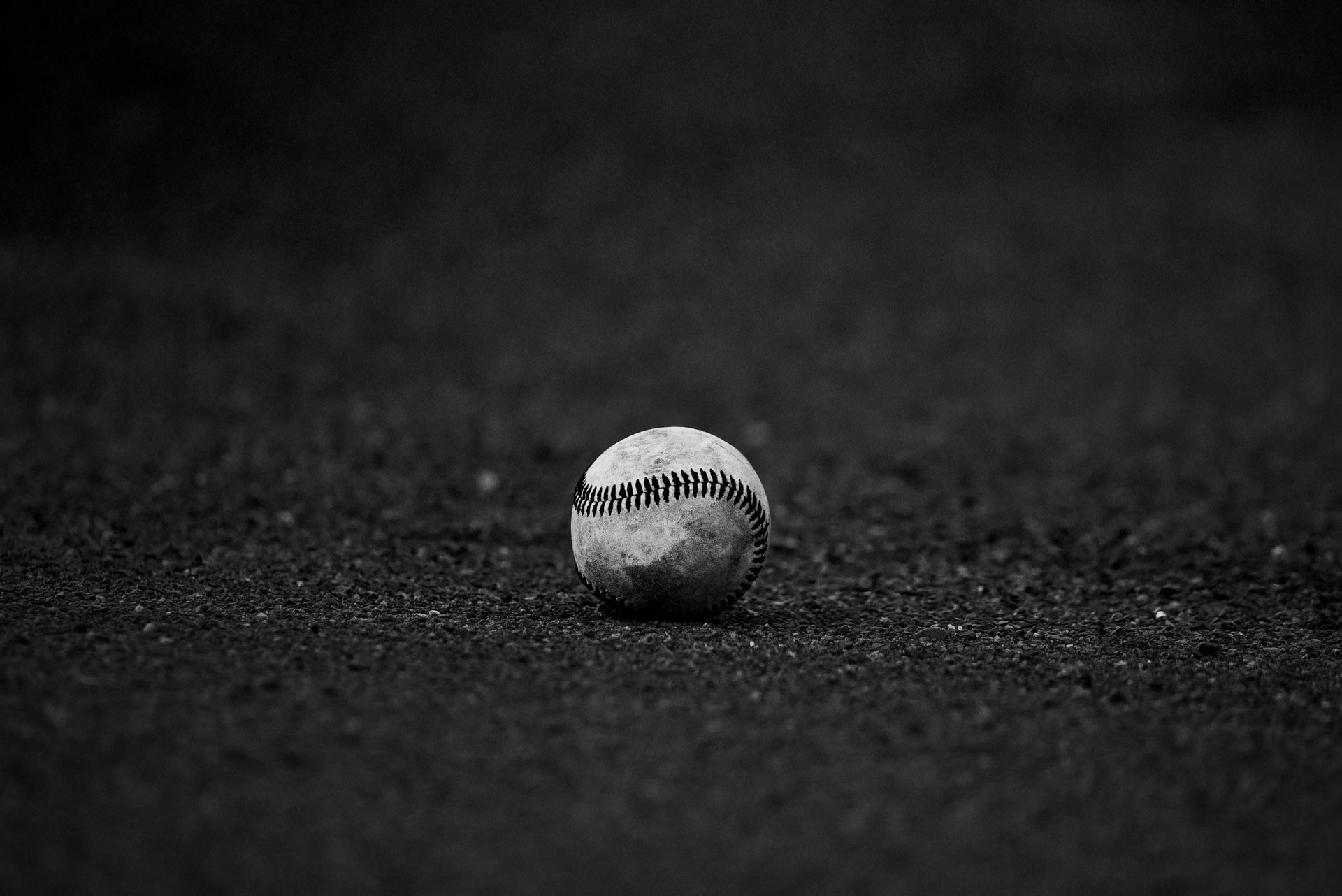the good doctor on: The Low Vision Eye Exam
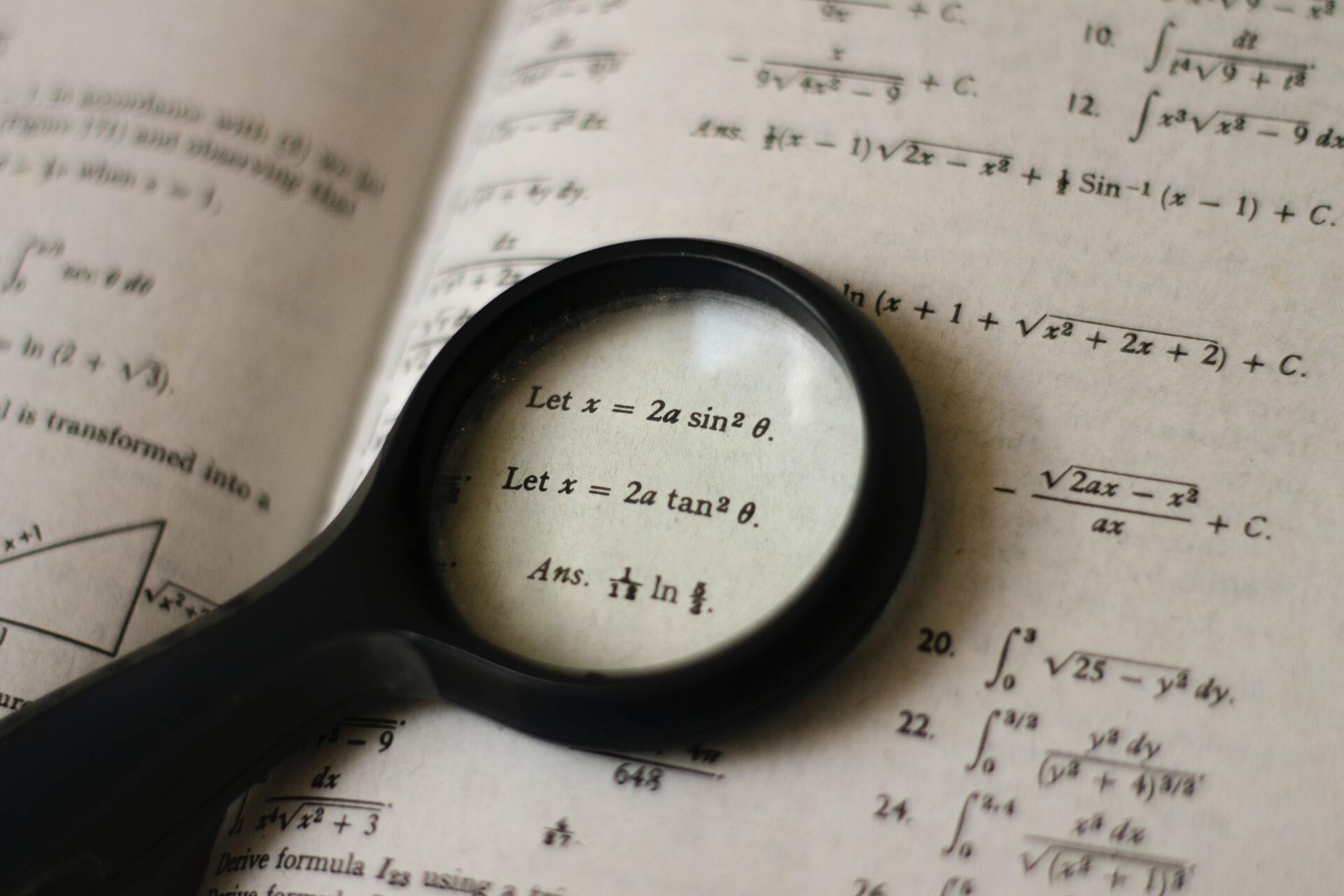
Blog #39 The Low Vision Exam, or the Eye Exam for a “Blind” Person.
Last week I touched on Low Vision, and in this blog we will look at the specifics of this unique exam. Very few people are completely blind.
1. Eye Condition and Health
Firstly, the patient is always examined for any changes to their eye condition, which may require more medical intervention. We always treat the disease to prevent further vision loss. A thorough case history is taken to enquire about onset of vision loss, how it affects their life and work, and then to set realistic goals for rehabilitation.
2. Visual Acuity
Taking a visual acuity is very important. Instead of the Snellen chart that we normally use, we use larger letters with a LogMAR chart or a Feinbloom chart. The patient usually has to use a part of their retina that they are not accustomed to using for fine detail, called an eccentric viewing point. The visual acuity is measured using this point, and then its direction along with the ease or difficulty in maintaining this viewing point are noted. The area affected by the disease, usually on the retina, is also measured for size and location with an Amsler grid. And finally, we measure their vision with a chart called the Pelli-Robson, that measures the reduction in contrast sensitivity that can result from eye disease.
3. Refraction
A low vision refraction, using the eccentric point, is then done to maximize the vision. The optometrist uses larger increments for the “which is better? one or two?” questions. Now we able to move into the part of the exam where we use magnification to attempt to get the patients vision to a level that will meet their goals.
4. Possible Aid
Let us say that a person wanted to be able to read the newspaper and we determine that the letters have to be three times larger to allow comfortable reading. Then we determine which 3 times magnifier, be it spectacles, or a hand-held version or an electronic magnifier, works best for them.
We also look at distance magnification, for viewing a TV or for getting around outside and again determine the proper magnification and device that will work best. It may be a pair of telescopic spectacles for TV, or a hand-held monocular telescope for “spotting” when getting about.
We also look at glare issues, for many eye conditions are affected by direct or reflected light. A trial with several types, colours and densities of light filters helps to determine what will help.
5. Training
The patient is trained on how to use these devices then given loaners to take home and try out, with a return visit arranged to check on their progress.
As you can see, this is a lot different from your regular eye exam, but it is an essential part of a patient’s rehabilitation from vision loss.
Until Next Week,
The Good Doctor, Dr. Mark Germain, Burlington Optometrist

